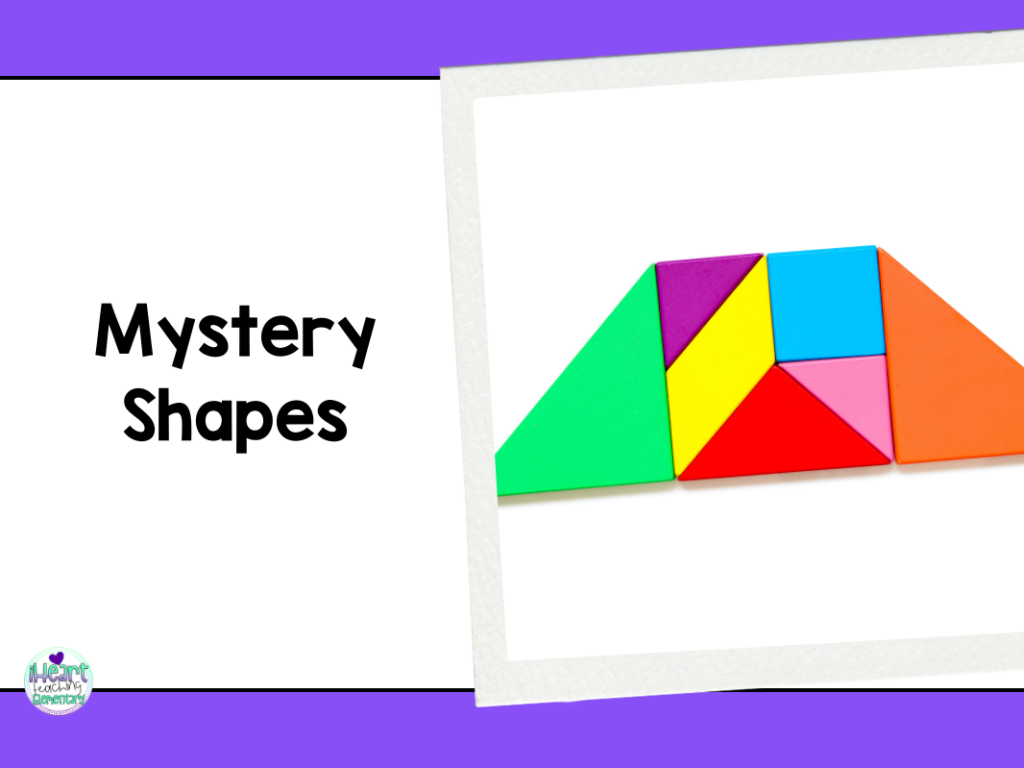Teaching area and perimeter to kids doesn’t have to be confined to textbooks and worksheets.
Let’s dive into how we can make this standard fun while also cultivating real-world problem-solving skills.
Become Floor Plan Designers
Your students can become architects and create their dream classroom floor plans.
In this hands-on activity, kids are given dimensions and the task of designing their ideal learning space.
This activity not only reinforces the concepts of area and perimeter but also allows students to apply their knowledge in a practical, real-world context.

You can differentiate this activity by the dimensions you provide students. The more complex the dimensions, the higher the difficulty level will be.
You can also differentiate by allowing kids to choose the type of floor plan they create. Maybe it’s a bedroom or their entire house.
Something you’ll want to consider is the length of the project. Will you have students plan it out on one day and create it the next?
Mystery Shape Puzzles
Get your students’ critical thinking skills going with mystery shape puzzles.” In this challenge, students use the dimensions they are given, to identify a mysterious shape.

This is a great activity to combine geometry standards. Give them the dimensions of a trapezoid. They use those dimensions to draw the mystery shape. If they do it correctly, they will discover it’s a trapezoid!
To differentiate this activity, you can shorten or lengthen the number of shapes you have students solve. Or use larger numbers for the dimensions you provide.
Technology Integration: Online Scavenger Hunts
Now let’s talk about how to engage kids in a digital format. One way you can do this is by creating an online scavenger hunt using Google Forms.
Create area and perimeter problems for students to solve. Place those problems in Google Forms.
As they solve the problems, the kids collect letters or numbers that create a code or mystery phrase.
When they are finished, they enter the code or mystery phrase to reveal if they have completed the scavenger hunt!

To differentiate the scavenger hunt, shorten or lengthen the amount of problems. A challenge for kids who need it could be to go through the scavenger hunt in an allotted amount of time.
Area and Perimeter Math Games
Another way to teach area and perimeter is through games. When kids are having fun, they don’t realize all the learning they’re doing.
“My students loved playing Bingo! It provided practice with area and perimeter but in a fun and engaging way!” ~Anne C.
This is feedback from my Not Your Average Bingo Game for Area and Perimeter. Kids love to learn through games!

Playing games to practice area and perimeter is beneficial because it turns the skill into an engaging, hands-on experience. Games make learning enjoyable, they keep kids’ attention and foster a positive attitude toward math that is challenging.
Additionally, through gameplay, students apply and reinforce their understanding of area and perimeter in a practical context, which promotes retention and mastery.
Spaghetti and Meatballs with Cheese-its
Another great activity for teaching area and perimeter is reading the book Spaghetti and Meatballs by Marilyn Burns for All and Cheese-itz.
This is a great way to introduce the skill without a worksheet.

As you read the story, you build the table formations that are mentioned in the book.
With every new formation, you calculate the area and perimeter using square units.
The kids find the book entertaining because of the chaos that ensues when more seats are needed for dinner.
After the activity is over you can allow kids to eat the crackers. This might be their favorite part.
Area and perimeter worksheets are not bad to use and do have a place in math class. But if you want to engage kids with this difficult math skill, try using some of these ideas when you teach the area and perimeter units.
Check out the resources highlighted:
Area and Perimeter Scavenger Hunt
Area and Perimeter Not Your Average Bingo Game
📌 Pin this Post to Save for Later






